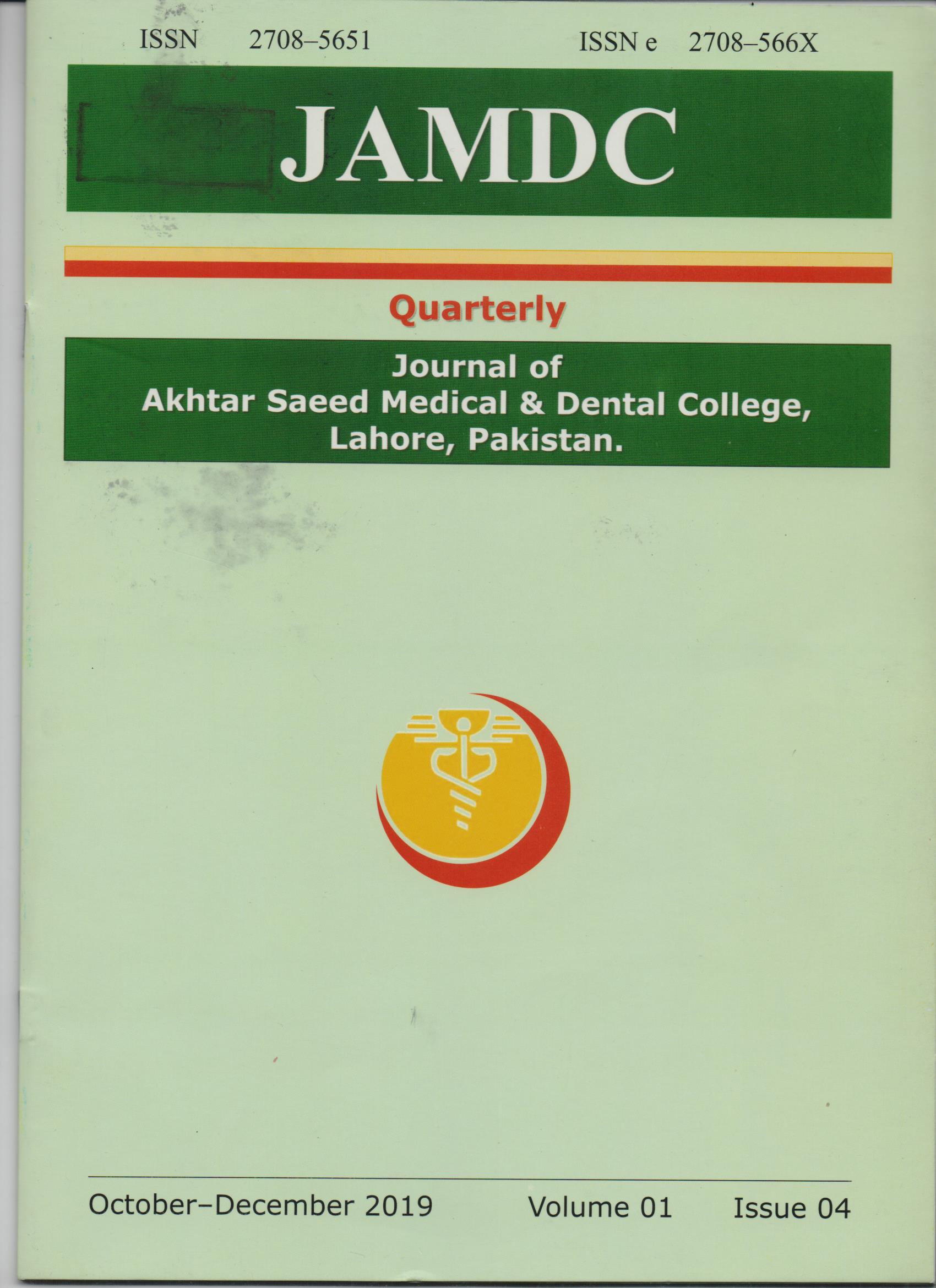Original Articles COMPARISON OF ACADEMIC PERFORMANCE OF 1ST YEAR MBBS MALE AND FEMALE STUDENTS IN THE SUBJECT OF PHYSIOLOGY
Keywords:
Gender, Academic Performance, Medical EducationAbstract
Objective:
To compare the academic performance of males with females in assessment tests of 1styear MBBS in the subject of Physiology.
Subjects and Methods:
It was a retrospective study conducted on the results of first-year MBBS students in the monthly assessment tests. After approval from the institutional research board, the results of monthly tests in five sessions 2013-14, 2014-15, 2015-16, 2016-17, and 2017-18 were included. Data were analyzed for the performance of girls and boys as a whole. Out of a total of 781 students admitted during these 5 years, 467 were females (60%) and 314 (40%) were males (fig. I). The performance of girls and boys was further categorized into four groups. G I: high achievers (marks ≥ 80%), G II: good students (marks70-79%), G III: average (50-70%), and G IV: poor (<50%). The performance of girls and boys was assessed in each group and calculated as % age. The difference was tested by students’ ”t” test and a p-value of < 0.05 was regarded as significant.
Results:
Among girls, the results were distributed into these 4 categories as follows: Group I= 0, Group II= 45 (9.6%), Group-III= 353 (75.6%) and Group IV = 69 (14.8%). As for the boys, the performance of each group was, Group I= 0, Group II = 7 (2.22%), Group III = 221 (70.39%), and Group IV = 86 (27.39%) boys respectively. (Table 1, fig 1) T-test value on 2 sample data was 7.5440, p-value = 0.00 (highly significant).
It was also observed that the first and second test showed an overall good result from both genders. The third test which was conducted after sports week in all the five sessions showed a decline in the performance of both the genders. The tests held after spring and summer vacations also had comparatively lower scores. The girls maintained their slight supremacy in these results as well. (Fig 3)
Conclusion:
The academic performance of girls is significantly better than that of boys in all groups (p-value = 0.00). Both the groups give low performance after social events in college but finally cover up their deficiencies.
